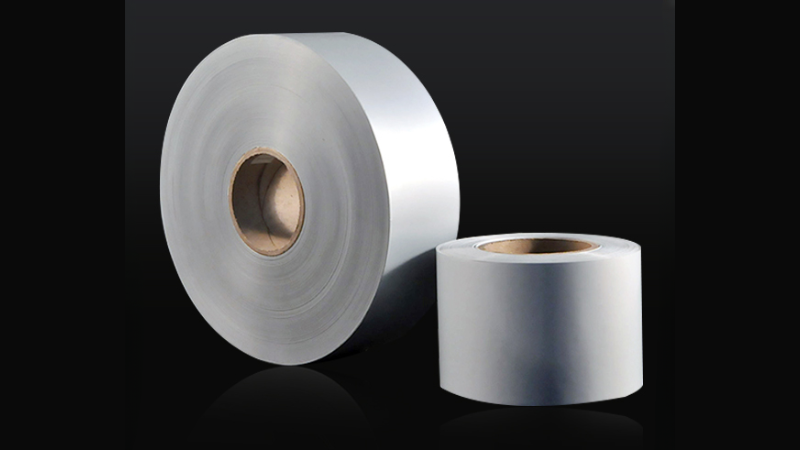Many tamper-evident tools still rely on plastic. Over 300 million tons of plastic are produced every year. These leave behind waste that harms the environment. Businesses now want options that can be reused, recycled, or that break down naturally. That puts pressure on brands to offer tamper-evident solutions that meet both security and environmental goals.
In this article, we’ll explore the top materials for eco tamper packaging. You’ll discover packaging solutions that are recyclable, biodegradable, and built for protection. Whether you sell food, tools, or shipping supplies, there’s a right packaging option for your business. Let’s get started!
What Makes a Material Sustainable in Tamper-Evident Packaging?
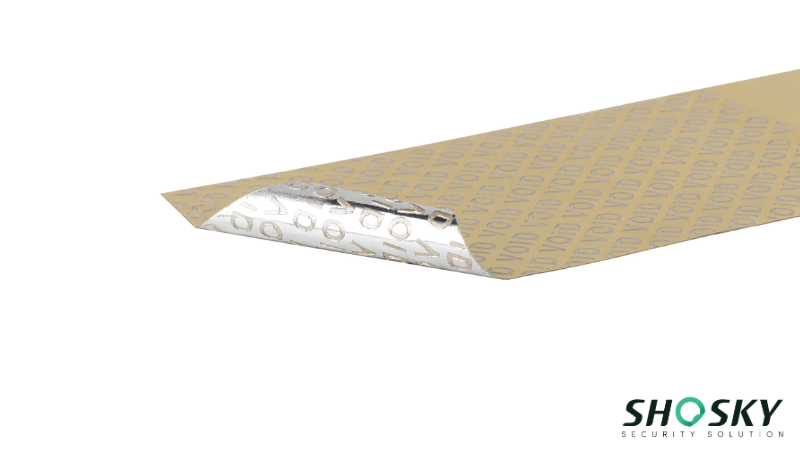
Sustainability starts with the material itself. Not all packaging materials are equal. To be truly eco-friendly, a material must meet key criteria. Choosing the right materials for eco tamper packaging means balancing some factors carefully.
Criteria: Renewability, Biodegradability, and Recyclability
The key criteria for sustainability are renewability, biodegradability, and recyclability. Renewable materials come from natural, fast-growing resources. This reduces dependence on fossil-based plastic.
Biodegradable components break down in natural environments without harmful residues. Recyclability makes the materials reusable. It is processed into new packaging, saving resources. Together, these factors form the foundation of truly eco-friendly tamper-evident packaging.
Strength vs. Sustainability Trade-Offs
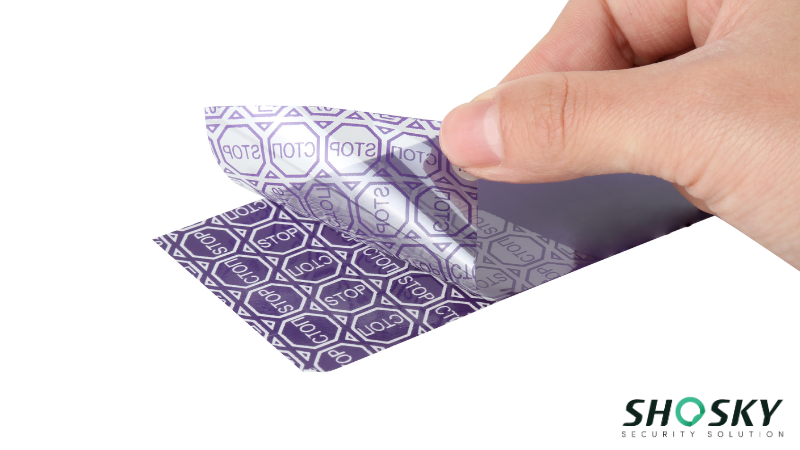
Tamper-evident packaging must be both sustainable and strong. It needs to protect various products through secure seals, lids, and closures. However, some sustainable materials may compromise on durability or seal integrity.
Companies must carefully select materials that offer sufficient strength without sacrificing environmental responsibility. Finding this balance is essential for the future of secure and sustainable packaging solutions.
Performance in Secure Applications
Effective tamper-evident packaging requires excellent adhesion, seal strength, and minimal residue. The material should clearly show signs of tampering to protect the brand reputation and consumer trust.
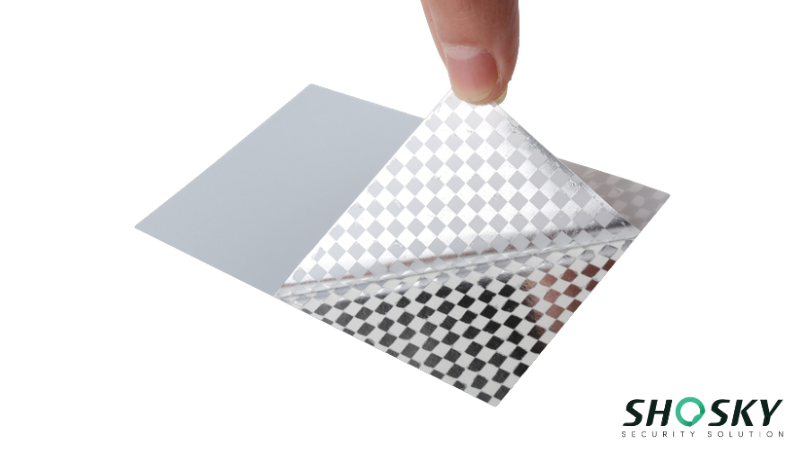
Advances in sustainable materials, such as compostable adhesives and recycled paper packaging with tamper-evident coatings, now meet these stringent requirements. These innovations enable companies to deliver tamper-evident containers that are both secure and environmentally responsible.
Top 7 Sustainable Materials Used in Tamper-Evident Packaging
There are different types of eco-friendly materials that are shaping the future of tamper-evident packaging. These sustainable options not only provide strong protection and security but also help reduce environmental impact.
Furthermore, supply chains increasingly rely on these materials to meet packaging needs while supporting sustainability goals. The following are the leading materials that combine safety with eco-conscious innovation:
1. PLA (Polylactic Acid)
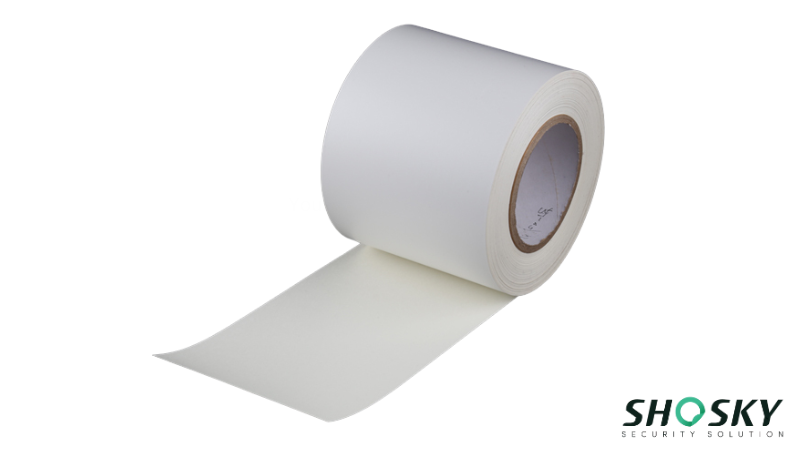
PLA is made from renewable plants like corn starch or sugarcane. It offers a natural alternative to traditional plastic materials. Brands use PLA for seals, shrink bands, and transparent windows in tamper-evident packaging.
Sustainability benefits include:
- Fully compostable in industrial composting facilities
- Significantly lower carbon footprint than fossil-based plastic
- Supports sustainable packaging goals and reduces carbon footprint
However, PLA faces some challenges:
- Not suitable for high-temperature applications
- Needs specialized disposal or composting infrastructure
PLA is an excellent choice for companies committed to eco-friendly and biodegradable packaging supplies that maintain product safety.
2. Cellulose-Based Films
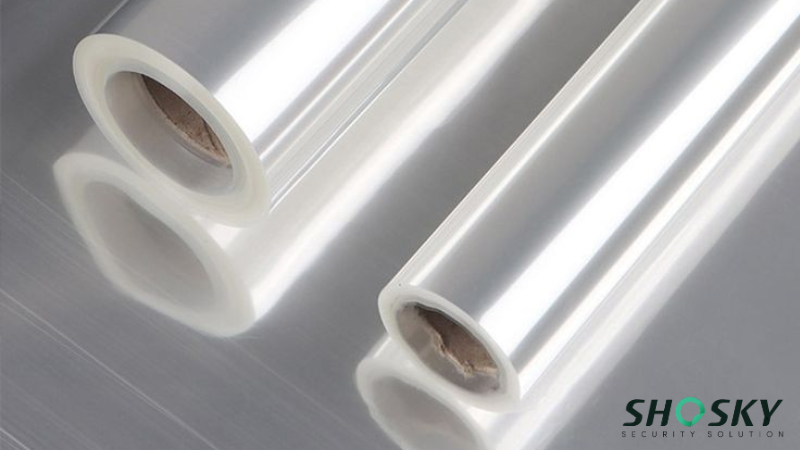
Another highly effective material for eco tamper packaging is cellulose-based film. Derived from wood pulp and natural fibers, it offers a renewable and biodegradable alternative to conventional plastic films.
Sustainability benefits include:
- Fully biodegradable and compostable
- Sourced from FSC-certified, responsibly managed forests
Key features:
- Strong, flexible, and printable
- Excellent substitute for plastic films in tamper-evident applications
This material is commonly used for transparent labels and protective overwraps that enhance tamper evidence.
3. FSC-Certified Paper with Tamper-Evident Coatings
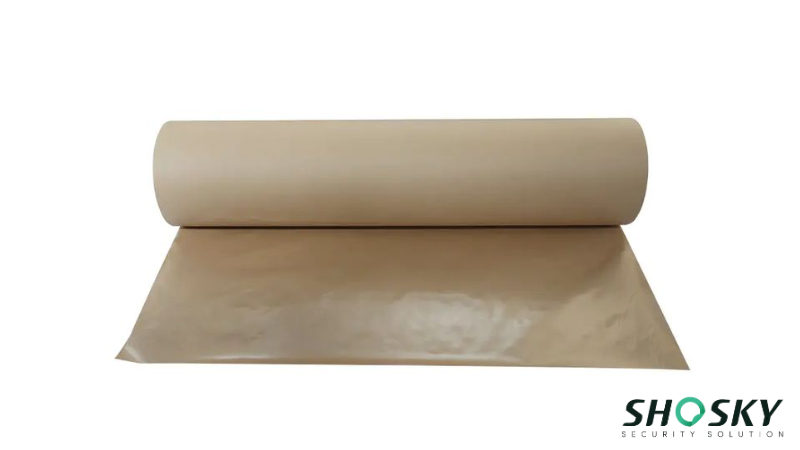
FSC-certified paper enhanced with tamper-evident coatings offers a secure and sustainable packaging option. This paper is responsibly sourced from well-managed forests, ensuring environmental responsibility. It is commonly used for tamper-evident stickers, void labels, and seals that provide clear evidence of tampering.
The material delivers several important benefits:
- It is fully recyclable and biodegradable, reducing waste and landfill impact.
- It allows easy customization and high-quality printing, helping brands maintain a strong visual identity.
In terms of tamper protection, this paper incorporates innovative features such as:
- A frangible texture that tears upon removal, preventing label reuse.
- Embedded hidden messages like “VOID” or “OPENED” appear when tampering occurs.
By combining responsible sourcing with advanced security features, FSC-certified paper supports both environmental goals and brand protection needs.
4. Compostable Adhesives for Security Labels
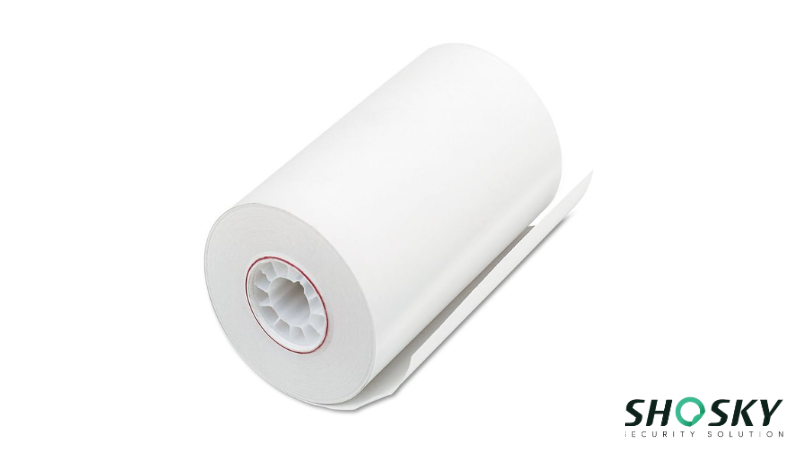
The fourth material on our list is compostable adhesives, a key component in eco-friendly tamper-evident packaging. These compostable packaging materials are bio-based and pressure-sensitive, specially designed to bond with compostable and biodegradable packaging materials.
These adhesives deliver the following benefits:
- They break down naturally with compostable materials, leaving no toxic residue
- Many variants meet EN13432 compostability standards, ensuring reliable environmental performance
However, there are some trade-offs to consider:
- They may degrade faster than synthetic options, especially in humid conditions
- Performance can vary with temperature and shelf-life expectations
They are commonly used in eco seals, labels, and packaging tapes where strong adhesion and environmental responsibility are both required.
5. PCR (Post-Consumer Recycled) PET Film
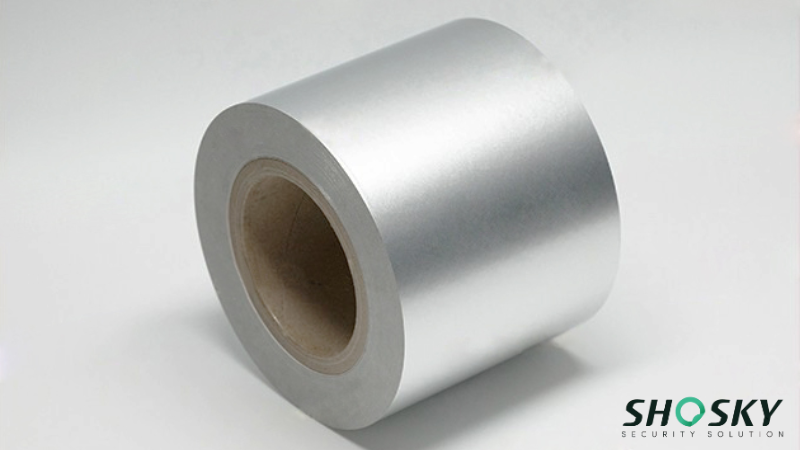
Next on the list is PCR PET film, short for Post-Consumer Recycled Polyethylene Terephthalate. It’s made from used plastic bottles and packaging that have been collected, cleaned, and reprocessed.
This material is often found in tamper-evident pouches, bag tape, and shrink sleeves, where both strength and visibility matter.
Here’s why it’s a sustainable choice:
- Cuts down on landfill waste by reusing plastic.
- Reduces the need for new plastic production.
- Helps brands shrink their carbon footprint.
It works for tamper protection because:
- Delivers high seal integrity for safety and security.
- Withstands tampering, stress, and handling.
- Supports branding through clear, printable surfaces.
For companies seeking an extra level of balance between security, sustainability, and performance, PCR PET is a go-to solution.
6. Water-Activated Paper Tape with Security Print
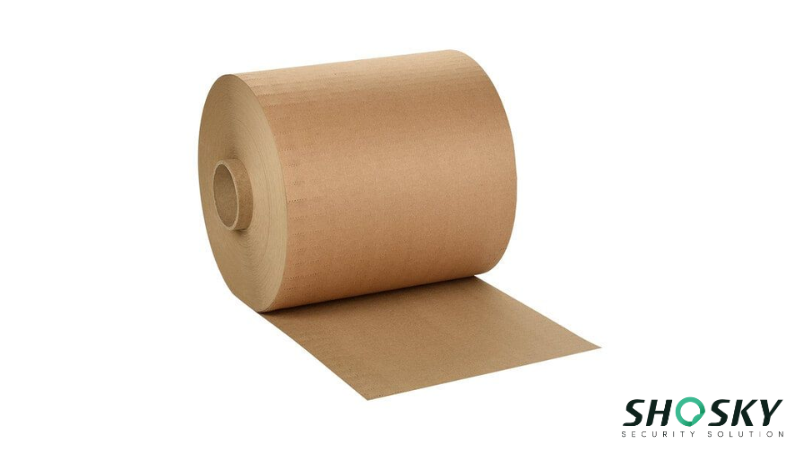
A highly practical material in eco tamper-evident packaging is water-activated paper tape. Made from kraft paper and bonded with a starch-based adhesive, it creates strong seals when moistened.
This tape is ideal for carton closures in e-commerce, retail, and logistics. It integrates a security print that shows visible signs if tampered with.
Eco and security benefits include:
- Plastic-free and made from renewable resources.
- It can be recycled along with cardboard boxes.
- Avoids synthetic glue and film layers.
For businesses shipping fragile or high-value items, this material offers a low-impact, high-security alternative to plastic tapes.
7. Algae- and Seaweed-Based Films (Emerging Material)
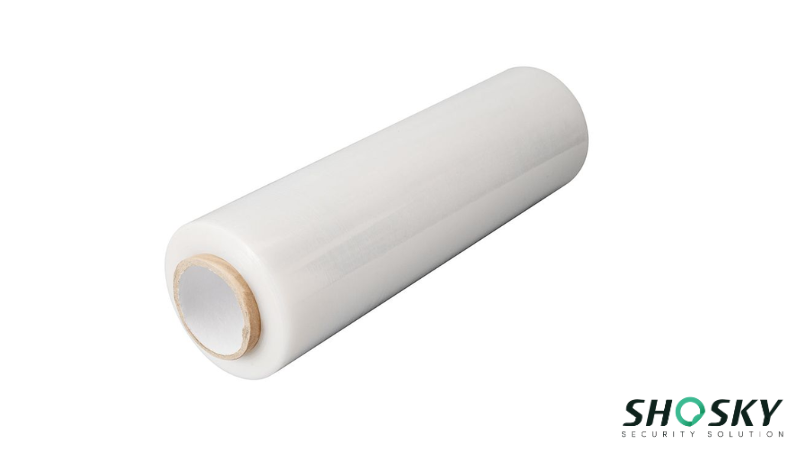
Algae- and seaweed-based films are among the most promising emerging materials in sustainable packaging. Made from marine plants, these biofilms offer a natural, renewable alternative to traditional plastic films.
They are designed to be fully biodegradable and safe for ocean ecosystems, which helps reduce plastic pollution and environmental damage. Unlike many compostable packaging materials, these films do not require industrial composting facilities to break down.
Key advantages include:
- Marine-safe and biodegradable
- Do not require industrial composting
- Lightweight and flexible
- Printable and customizable for branding and security
As innovation continues, these films are expected to become valuable tools for businesses committed to combining sustainability with tamper-evident protection.
Other Emerging Materials to Watch

Several other innovative materials are gaining traction to meet evolving packaging needs. These options combine sustainability with security, making them ideal for custom packaging focused on tamper-evident protection.
Nanocellulose
Nanocellulose is an ultra-light, biodegradable fiber known for its impressive tensile strength. It adds durability without increasing weight, making it ideal for packaging supplies that demand both strength and sustainability.
Hemp Fiber Blends
Hemp fiber blends offer a strong, natural alternative for flexible security seals and inner liners. Their renewable nature supports sustainable packaging goals while providing reliable protection for various products.
Mushroom-Based Packaging (Mycelium)
Mycelium-based packaging creates structural, compostable outer packaging options. It naturally incorporates tamper-proof qualities and significantly reduces the carbon footprint, aligning well with eco-friendly packaging trends.
These emerging materials signal a future where tamper-evident packaging is not only more secure, but also smarter, greener, and better.
Sustainable Materials vs. Traditional Tamper-Evident Packaging
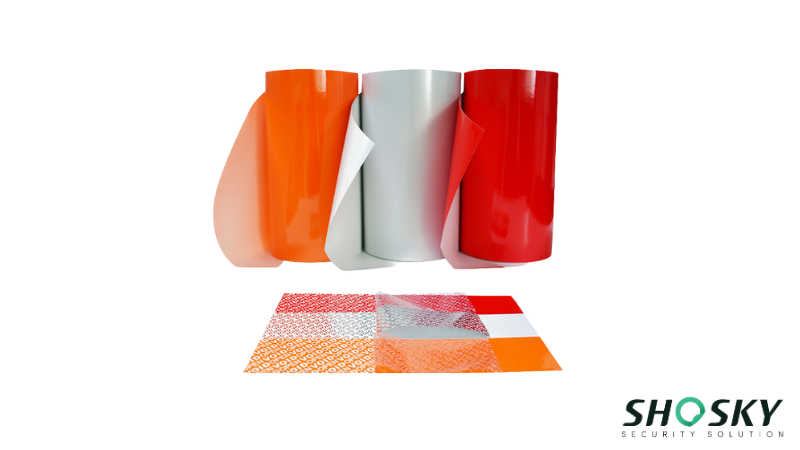
When choosing tamper-evident packaging, businesses must weigh the benefits of sustainable materials against traditional options. This comparison helps clarify which material suits your packaging needs best.
| Aspect | Sustainable Materials | Traditional Tamper-Evident Packaging |
|---|---|---|
| Security | Provides reliable tamper evidence, though some bio-based adhesives may have limits under extreme conditions | Proven strong seals with consistent adhesion and high tamper resistance |
| Durability | Often durable, but may have reduced heat or moisture resistance depending on the material | Generally, offers high durability and resistance to harsh environments |
| Shelf Life | Can be shorter, especially for compostable adhesives and biodegradable films | Usually, a longer shelf life is associated with synthetic materials |
| Cost | Sometimes higher due to emerging technologies and smaller-scale production | Lower cost due to established mass production |
| Availability | Growing but still limited compared to traditional materials | Widely available worldwide |
| Use Cases | Ideal for eco-conscious brands, food, pharma, and regulated products, prioritizing sustainability | Preferred in industries requiring maximum durability, long shelf life, and harsh shipping conditions |
By understanding these differences, companies can select the right packaging solution that balances security, sustainability, and cost efficiency.
Industries Adopting Eco Tamper-Evident Solutions
As sustainability becomes a top priority across sectors, more industries are turning to eco-friendly tamper-evident solutions.
These options not only protect product integrity but also align with environmental goals. From food safety to secure e-commerce delivery, here’s how different industries are adopting greener security measures:
Electronics Sector: Eco-Conscious D2C Brands
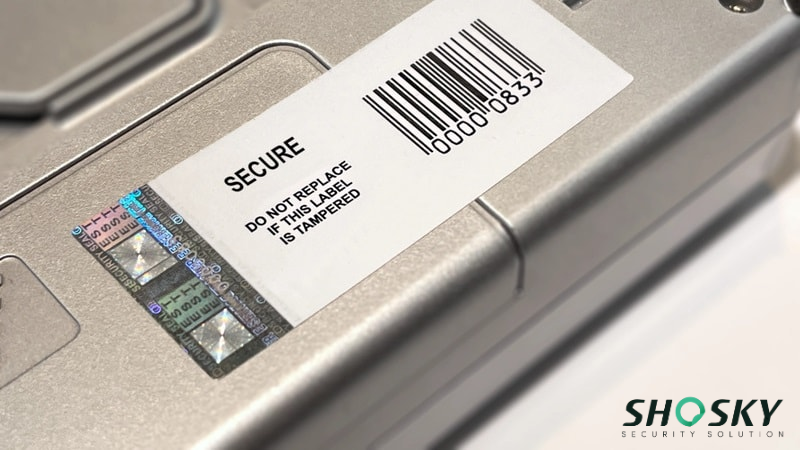
Many direct-to-consumer electronics brands prioritize sustainable packaging. They use recyclable and compostable materials to protect products. Custom packaging solutions help these brands meet sustainability goals while ensuring product security.
For instance, Dell has introduced closed-loop packaging that integrates tamper-proof seals made from recycled ocean plastics. These seals ensure that products remain secure while supporting Dell’s sustainability goals. The company also uses biodegradable adhesives in its packaging to prevent tampering while maintaining eco-friendliness.
Cannabis Industry: Compliance Meets Sustainability
The cannabis industry leads in adopting eco-tamper-evident packaging. Strict regulatory compliance demands secure packaging solutions. At the same time, companies focus on reducing their carbon footprint with biodegradable and eco-friendly materials.
Food and Pharmaceutical Industries: Safety with Sustainability
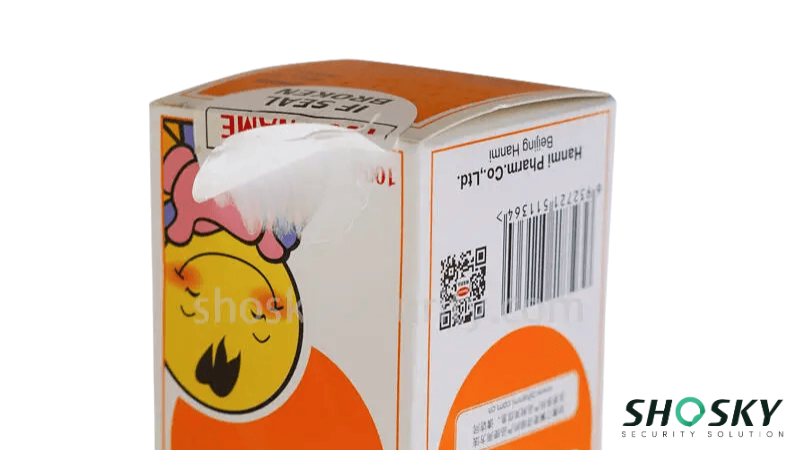
Food and pharma sectors require tamper-evident containers that ensure product quality and safety. They increasingly turn to biodegradable films and adhesives. These environmentally friendly materials meet both packaging needs and regulatory standards.
For example, Unilever has integrated biodegradable tamper-evident packaging across its personal care and food brands. The company uses plant-based security seals that break upon opening, ensuring consumer safety while minimizing environmental impact.
Unilever’s Smart Packaging Initiative focuses on reducing single-use plastics and replacing them with compostable tamper-proof materials in products like shampoos, sauces, and health supplements.
FAQs
Are plant-based tamper-evident labels as strong as plastic ones?
Yes, many plant-based labels offer comparable strength to plastic. Advances in bio-based adhesives and materials ensure secure seals. However, performance can vary depending on the product and environment.
Can sustainable tamper seals be used for international shipping?
Absolutely. Sustainable tamper seals are designed to withstand global shipping conditions. Many meet industry standards for durability, adhesion, and tamper resistance.
Are there certifications to look for in green tamper packaging?
Yes, certifications help verify sustainability claims. Look for FSC certification for paper, EN13432 for compostability, and certifications for recycled content like PCR.
Conclusion
Sustainable materials are transforming tamper-evident packaging. They offer a smart balance of security and environmental responsibility. Choosing eco-friendly options reduces your carbon footprint and meets growing consumer demand for green solutions.
By adopting these materials, companies can future-proof their packaging. Eco tamper-evident solutions protect products while supporting sustainability goals. Investing in the right packaging today ensures lasting security and a cleaner environment for tomorrow.
Protect your Products and the Planet with Shosky Security
Discover Shosky Security‘s custom tamper-evident packaging crafted from sustainable, plant-based, recyclable, and biodegradable materials. Contact us now to create the ideal packaging solution that strengthens your brand and supports eco-friendly goals. Let’s innovate your packaging for a safer, greener future.
